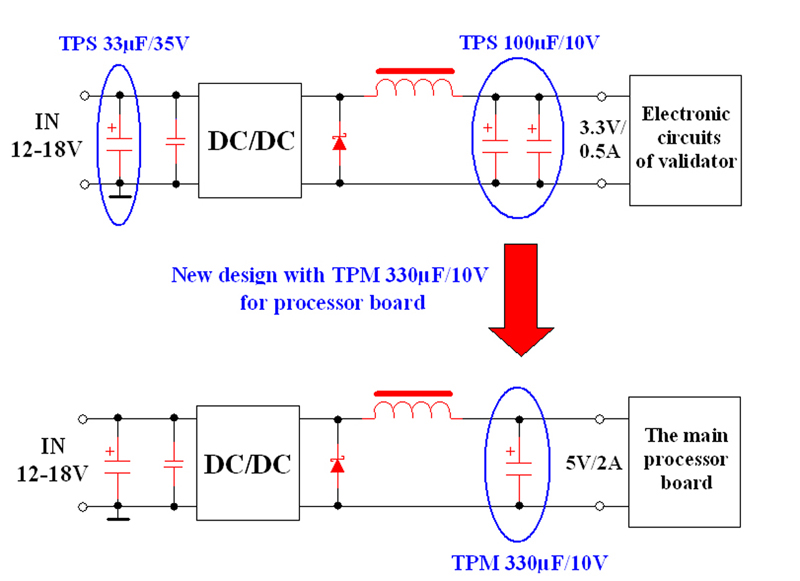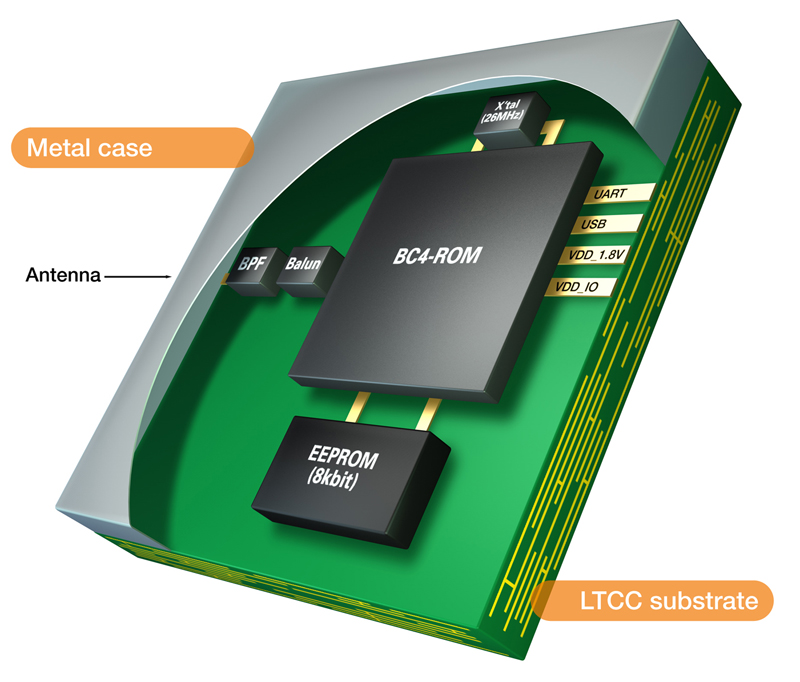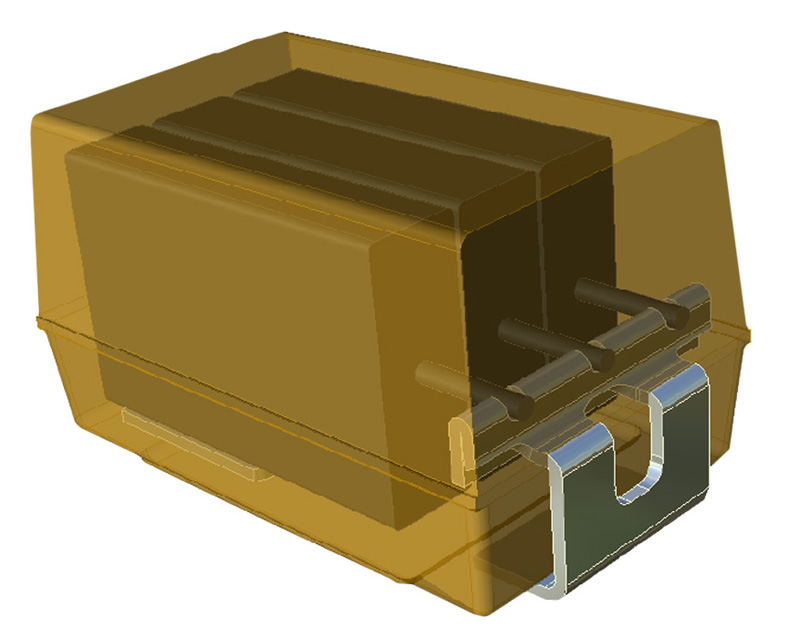Author:
Pavla Skopalová, Technical Marketing Support, AVX
Date
06/13/2011
Fare collection and ticketing systems are an essential part of any public transport network. Systems combine software and hardware elements such as onboard computers and driver interfaces for automated travel terminals, ticket and card validation and ticket vending machines. All components of the integrated system must comply with reliability and functional requirements of the service provider, yet at the same must be time easy to operate and control in varying -sometimes harsh - climatic environments. User-friendly operation - for example LCD screens with active touch screen fields, audible status indication, contactless keyboards etc - increases the power budget necessitating a more complex power supply and filtering solution. Industrial switch mode power supplies (SMPS) are typically used for voltage regulation such systems. SMPS use various different low ESR capacitor technologies for filtering; the choice is dependant on required capacitance, operating voltage and temperature, circuit impedance and AC current. Important SMPS requirements include: stable output voltage with load current; good temperature stability; low ripple voltage and high overall efficiency. The output capacitor plays a key role in switching power systems as it is used to store the charge and for smoothing. Tantalum capacitors are often chosen because of their stability of capacitance and ESR with temperature and power line voltage fluctuations. For example, this technology has proven its suitability for use in harsh automotive environments as an electrically robust component capable of withstanding vibration and repeated bumps. Tantalum capacitors can be found in different parts of the SMPS circuit design, both on the input and output of SMPS. The design of the CAMEL contactless card validator (Fig. 1) produced by Mikroelektronika of Czech Republic uses several integrated SMPS.

As the block diagram (Fig.2) of the power supply shows, tantalum capacitors are used either on the input (low ESR TPS D-case capacitors 33μF/35V), or on the output. The parallel connection of two TPS 100μF/10V capacitors with a 75m? ESR limit allows the current to be divided more evenly between both capacitors as compared to using a standard ESR component, therefore electrical stresses are reduced. The TPS C-case 100μF/10V capacitor uses a special low ESR design of tantalum anode (Fig.3).

The �fluted' anode design results in a larger outer surface area of the tantalum capacitor anode, which reduces ESR to as low as 75m?, delivering both very smooth filtering and also the capability to handle current spikes down to 5V and below. Next generation designs require even higher power performance in a smaller package. To address this requirement, in the prototype of Mikroelektronika's latest card validator the two TPS capacitors on the output are replaced by one low ESR multi-anode TPM E-case 330μF/10V capacitor with ESR down to 23m?. Multi-anode construction features several anodes connected in parallel. This design (Fig. 4) is more robust against current surges and provides an even higher ripple current capability in smaller package sizes which is why it has become accepted as the best choice for industrial power supplies.

Mikroelektronika's CAMEL card validator can be operated using an optical keyboard displayed on the display, which is divided into several active fields imitating the touch screen. Standard ESR 100μF tantalum capacitors in D-case 7343 are used here at lower voltages to supply the pulse needed to switch on the necessary LED diodes. The CAMEL card validator was introduced in 2007 and has now become well-established. It is available in different hardware versions offering great functional flexibility. Multi-anode tantalum capacitors have been selected for next generation systems - in total 26 tantalum capacitors are used, both on the output as well as input of the SMPS. www.avx.com